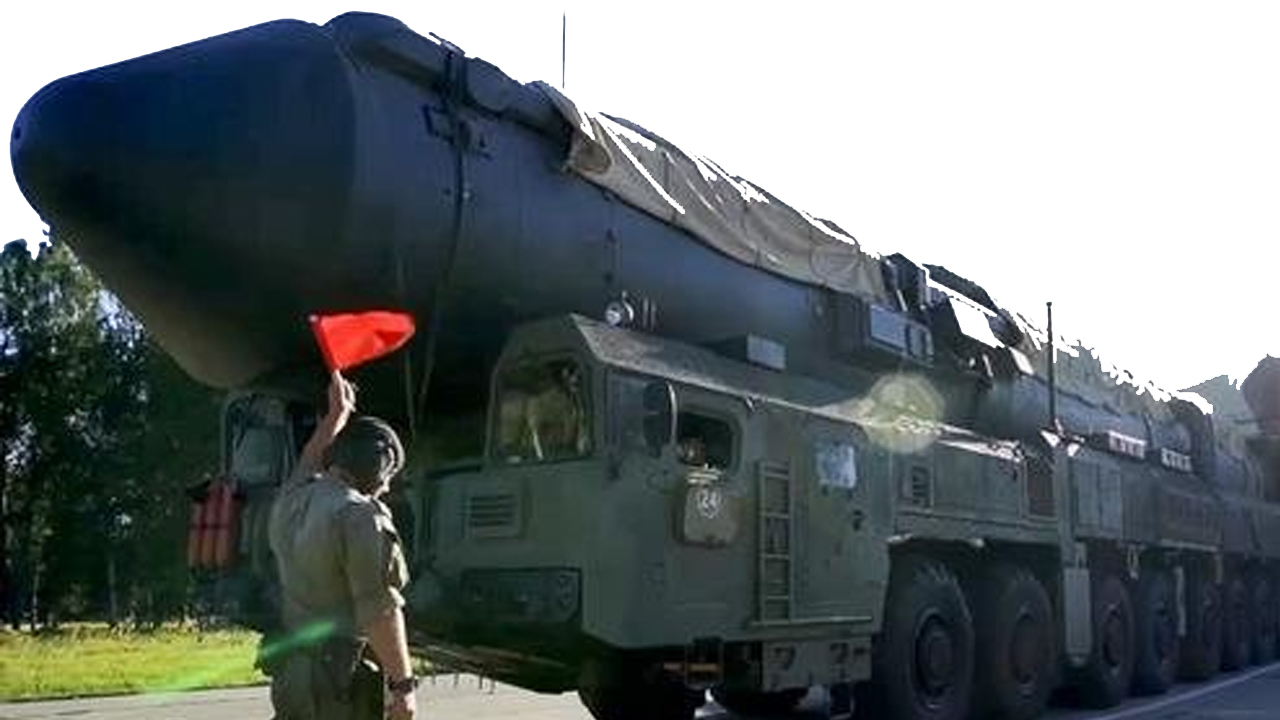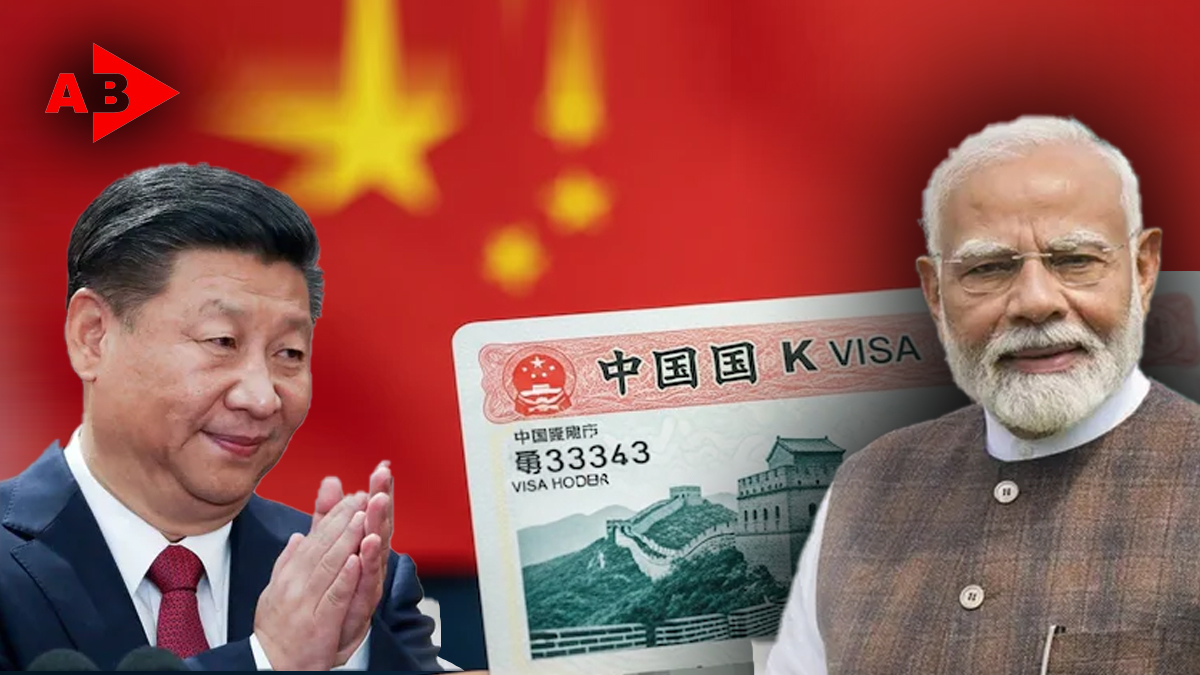
by Jotirmoy Roy
Russia’s updated nuclear doctrine, signed by President Vladimir Putin, signals a significant escalation in global security tensions. The revised framework, which allows for a nuclear response to a conventional attack by any nation supported by a nuclear power, serves as a strategic countermeasure to the growing Western support for Ukraine. This move, occurring on the 1,000th day of the war in Ukraine, underscores the Kremlin’s determination to redefine its deterrence policy amidst a prolonged conflict and escalating involvement from NATO-aligned nations.
A Shift in Strategy
The revised doctrine expands the conditions under which Russia might use nuclear weapons. Notably, it outlines scenarios such as:
- A massive aerial attack involving ballistic or cruise missiles, aircraft, or drones.
- A conventional attack on Russia or its ally Belarus by a non-nuclear power supported by a nuclear state, which would now be considered a joint attack.
- Aggression against Russia by a military bloc or coalition, viewed as an attack by the entire bloc — a direct reference to NATO.
The updated policy provides broader triggers for potential nuclear responses compared to its predecessor. While the earlier doctrine focused on ballistic missile attacks, the inclusion of conventional threats and coalition-based aggression reflects Moscow’s attempt to counter what it perceives as an evolving and collective Western strategy against Russia.
Context of the Revision
The revised doctrine comes in response to U.S. President Joe Biden’s decision to allow Ukraine to strike Russian territory using U.S.-made long-range missiles. This development has been viewed by Moscow as a direct escalation, blurring the line between Ukraine’s war efforts and NATO’s indirect involvement. The Kremlin has repeatedly warned that Western actions, particularly those involving advanced weaponry, could trigger a broader conflict.
Kremlin spokesperson Dmitry Peskov described the timing of the doctrine’s release as “in line with the current situation,” suggesting that the policy update was designed to respond to ongoing geopolitical realities, particularly NATO’s bolstered military aid to Ukraine.
A Strategic Warning
The inclusion of Belarus, a staunch Russian ally, in the doctrine signals a further consolidation of the Moscow-Minsk axis. President Alexander Lukashenko’s approval for Russia to station tactical nuclear weapons on Belarusian soil underscores the heightened nuclear posture. The doctrine serves as a clear message to NATO: any attack on Belarus is tantamount to an attack on Russia, effectively broadening the geographic scope of Russia’s nuclear deterrence.
This policy shift is also aimed at reinforcing domestic and allied support. Russian hardliners have long argued for tougher measures, claiming that the previous doctrine’s ambiguity failed to deter the West from escalating its support for Kyiv. The broader framework now leaves little doubt about Moscow’s willingness to escalate if it perceives existential threats.
The Risk of Miscalculation
While the doctrine is designed as a deterrent, its broad language introduces significant risks. The vague criteria for a “critical threat to sovereignty and territorial integrity” could lead to misinterpretations during heightened tensions. The policy’s emphasis on “uncertainty of scale, time, and place of nuclear deterrence” introduces strategic ambiguity, which, while deliberate, heightens the chances of accidental escalation.
Furthermore, this doctrine intensifies global anxiety over the potential for a nuclear conflict. By signalling a willingness to escalate in response to conventional threats, Russia risks undermining long-standing international norms surrounding nuclear restraint.
Implications for the West
The revised doctrine is a stark warning to NATO and its allies. It seeks to dissuade the West from providing Ukraine with advanced weapons and intensifying military support. However, it may have the opposite effect, prompting NATO to enhance its deterrence capabilities and strategic deployments near Russian borders.
The West now faces the challenge of balancing its support for Ukraine while avoiding actions that could trigger Russia’s nuclear thresholds. Diplomatic engagement will be crucial, though Russia’s assertive posture complicates efforts to negotiate de-escalation.
Conclusion
Russia’s revised nuclear doctrine is more than a policy update; it is a calculated response to perceived Western encroachments and a tool to pressure NATO into reconsidering its support for Ukraine. While it may deter some actions, its broad triggers and strategic ambiguity introduce new risks to global security. The doctrine highlights the urgent need for diplomatic channels to manage rising tensions and prevent a catastrophic miscalculation.
Disclaimer: The opinions expressed in this article are solely those of the author and do not necessarily represent the views of Apex Bulletin.


